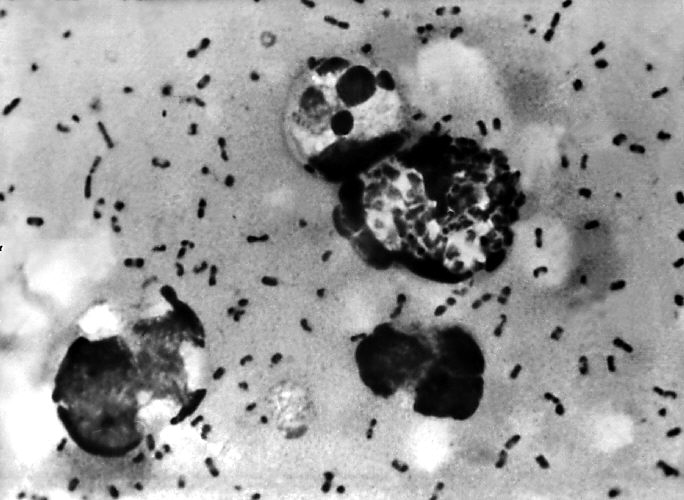According to UN and Madagascar health officials, from 7 to 10 November 2017, 86 confirmed, probable and suspect cases of plague (73 pneumonic and 9 bubonic) were reported.

While the number of new cases and hospitalizations of patients due to plague is declining in Madagascar, the World Health Organization anticipates additional cases to be reported until the typical plague season ends in April 2018.
From 1 August to 10 November 2017, a cumulative total of 2,119 confirmed, probable and suspected cases of plague, including 171 deaths (case fatality rate 8%), have been reported from 55 of 114 (48%) districts in Madagascar. Analamanga Region has been the most affected, with 72% of all recorded cases.
Seventy six percent of cases have been classified as pneumonic and 15 percent were bubonic.
Based on available information and response measures implemented to date, the potential risk of further spread of plague at national level remains high. The risk of international spread is mitigated by the short incubation period of pneumonic plague, implementation of exit screening measures and advice to traveller to Madagascar, and scaling up of preparedness and operational readiness activities in neighboring Indian Ocean islands and other southern and east African countries. The overall global risk is considered to be low.
Nine countries and overseas territories have been identified as priority countries in the African region for plague preparedness and readiness by virtue of having trade and travel links to Madagascar. These countries and overseas territories include Comoros, Ethiopia, Kenya, Mauritius, Mozambique, La Réunion (France), Seychelles, South Africa, and Tanzania.
Related:
- Lisbon Legionella outbreak claims 5th life
- Nigeria yellow fever update: 15 confirmed cases since September
- Leptospirosis reported in Trinidad and Tobago, MOH advises public on reducing risk
- Southeast Michigan hepatitis A outbreak nears 500 cases, 20 deaths
- C. diff Awareness Month, Pandemic preparedness on Outbreak News Radio


One thought on “Madagascar: The number of new cases of pneumonic plague has steadily declined since mid-October”